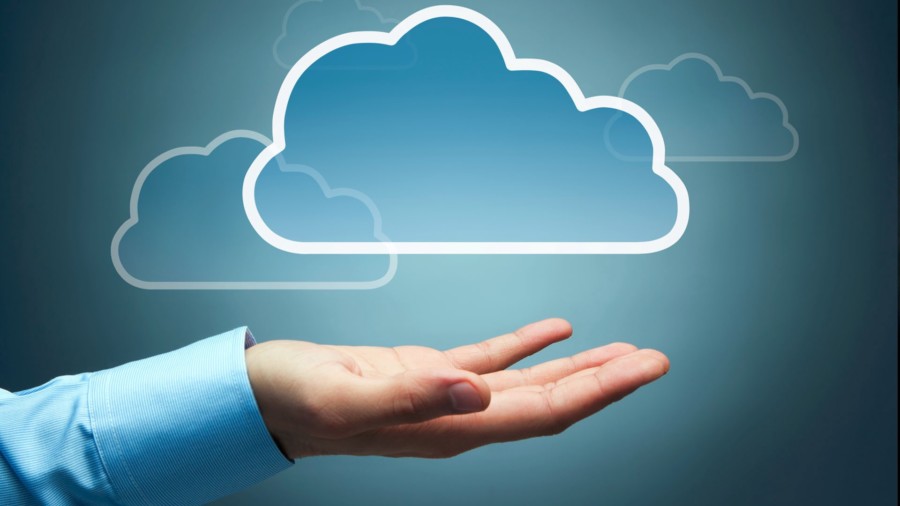Cloud Computing is a groundbreaking paradigm that defines a new way of organizing and providing IT resources and services to customers, from the single user to industries, who may access to potentially unlimited resourced on-demand, in real time and over the internet.
The term “cloud computing” took off around 2006 when companies like Google began using it to describe the increasing shift to storing files online rather than on individual computers. Before the cloud, the storage capacity and computing power was limited to the company’s in-house hardware. If you wanted to store more stuff, you had to delete a load of files or buy new hardware.
Now, if a company wants to increase its storage, it can simply move its data to the cloud. This is often a more cost-effective solution than buying and maintaining its own data storage facilities. The same principle applies to software, too. Instead of purchasing software licenses and loading hefty programs onto company computers, companies can use SaaS providers.
SaaS – or Software as a Service – has been steadily gaining popularity in recent years. Adoption rates are climbing among small and mid-sized businesses, jumping up from 27% back in 2011 to 73% in 2016.
What should these statistics mean to you? For starters, they should mean that even if you don’t currently have any SaaS applications in your technology infrastructure, you should still have a clear idea of what a SaaS application is. And more importantly, why the SaaS model is a great option for your small business.
SaaS was built on the concept of distributed computing and provided application and services on the web to cater to needs of multiple businesses. Often software applications are hosted remotely by a service provider and made available to customers over a network. Thus the user rents the application service as and when needed instead of purchasing the software. Often SaaS are charged on the basis of number of users using software.
This is the main advantage SaaS offers to small businesses because generally, smaller businesses don’t have the budget or manpower to develop and maintain custom applications on their own.
Other advantages of SaaS:
- SaaS apps are fast to load and can be accessible world over on the web browser
- Many applications are hosted externally by a vendor, providing flexibility for the users to change plans as and when needed
- As the SaaS services are upgraded by the vendor on a frequent basis, all the availing clients gets access to upgraded services
- Software updates, upgrades, security and backup are all managed by the service provider
- Provides app customization and integration with other SaaS applications and services
What’s Next?
- The worldwide cloud software market will surpass $112.8 billion by 2019*.
- SaaS delivery will significantly outpace traditional software product delivery, growing nearly five times faster than the traditional software market*.
- By 2019, the cloud software model will account for $1 of every $4.59 spent on software*.
Even if your business is already thriving and growing, automating a big part of your business is essential for achieving efficiency and productivity. And we have the internet to thank for – for it has truly revolutionized the computing world, allowing even the smallest startup business to take advantage of using business applications which are easy to use, easy to own, without you spending a lot of money.
* Source IDC




